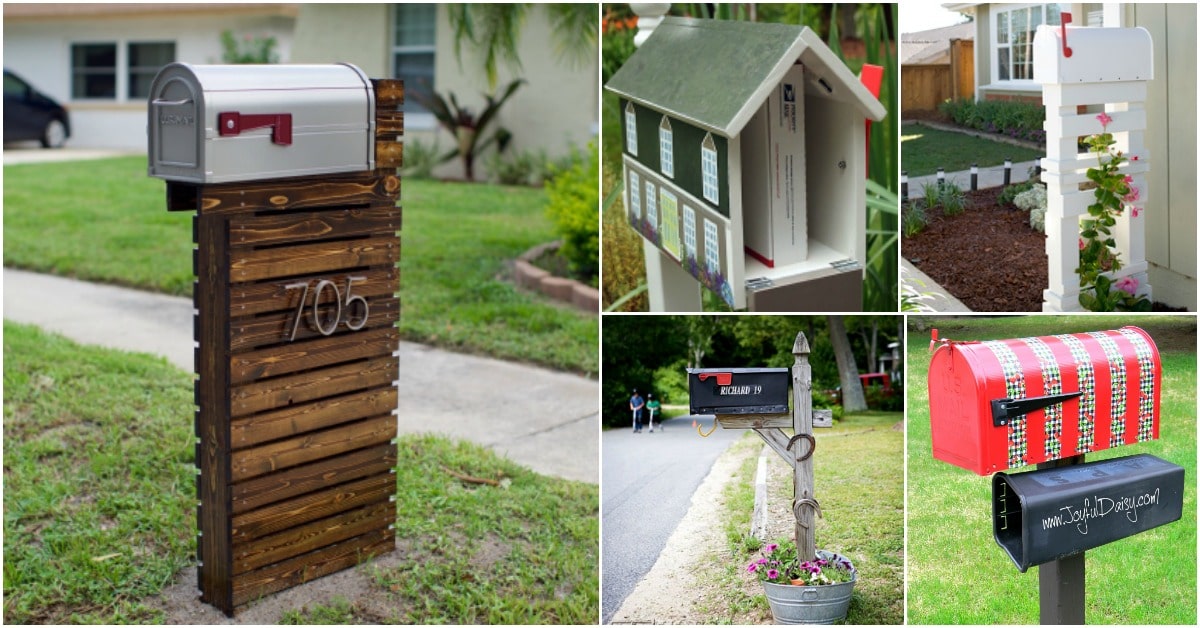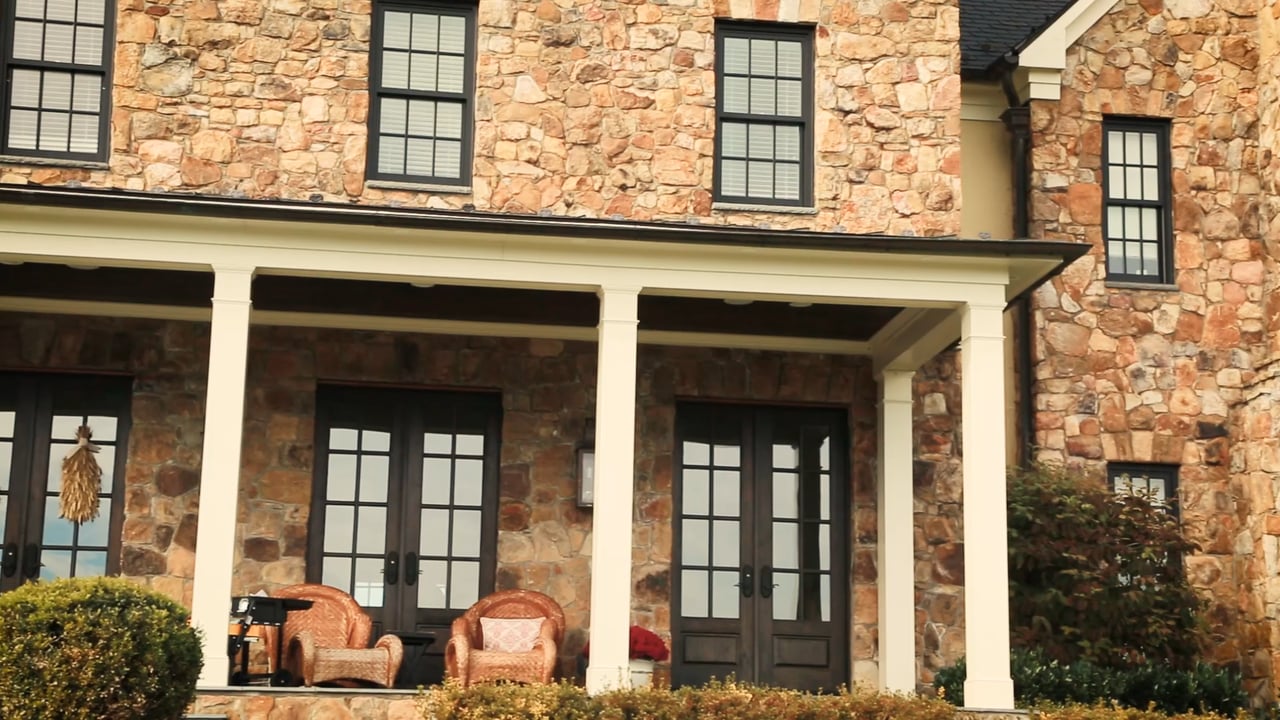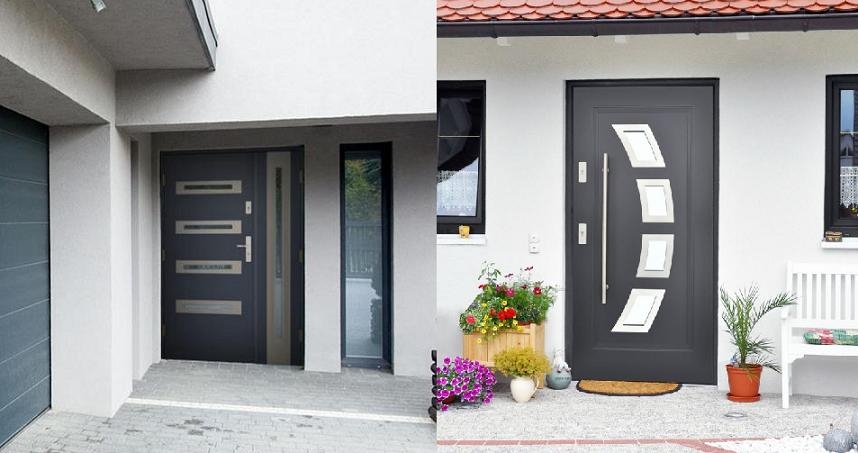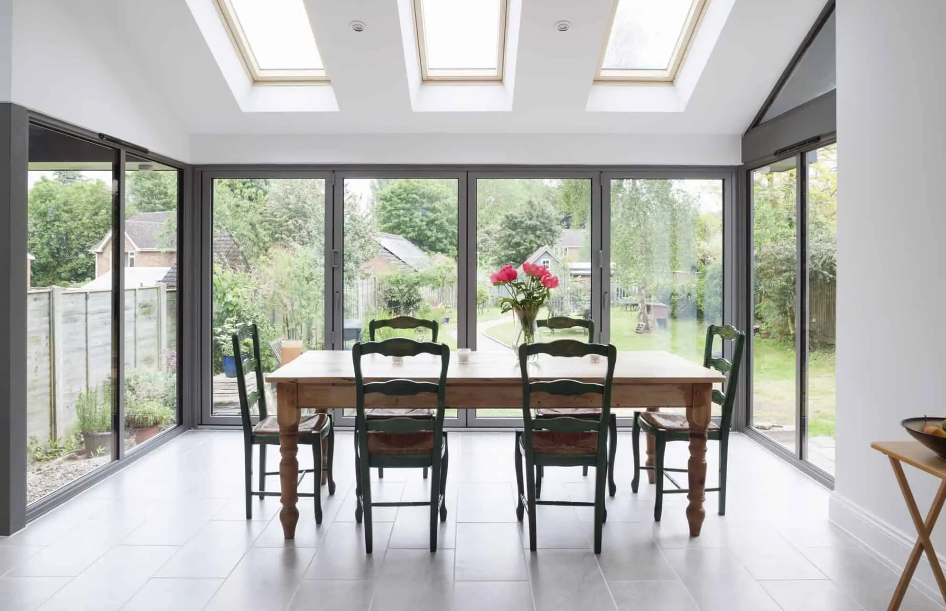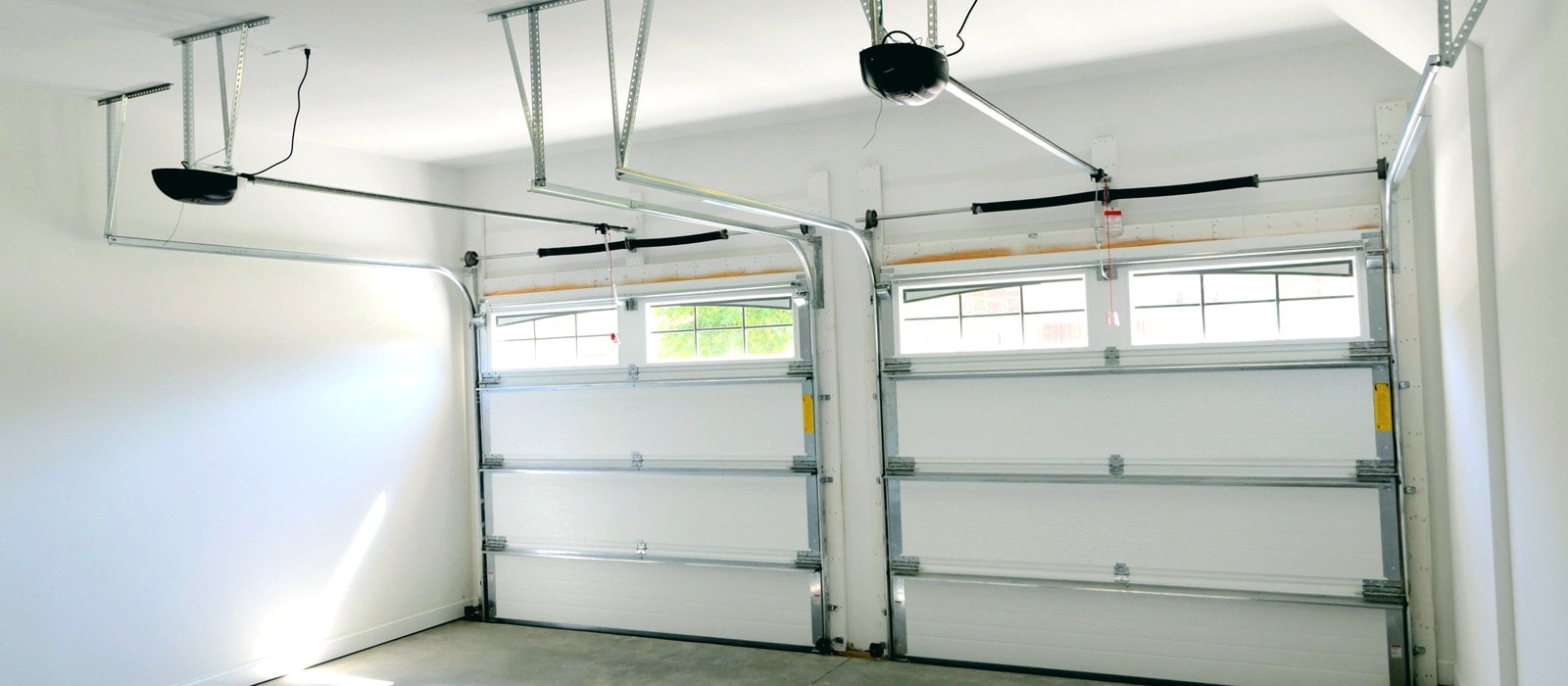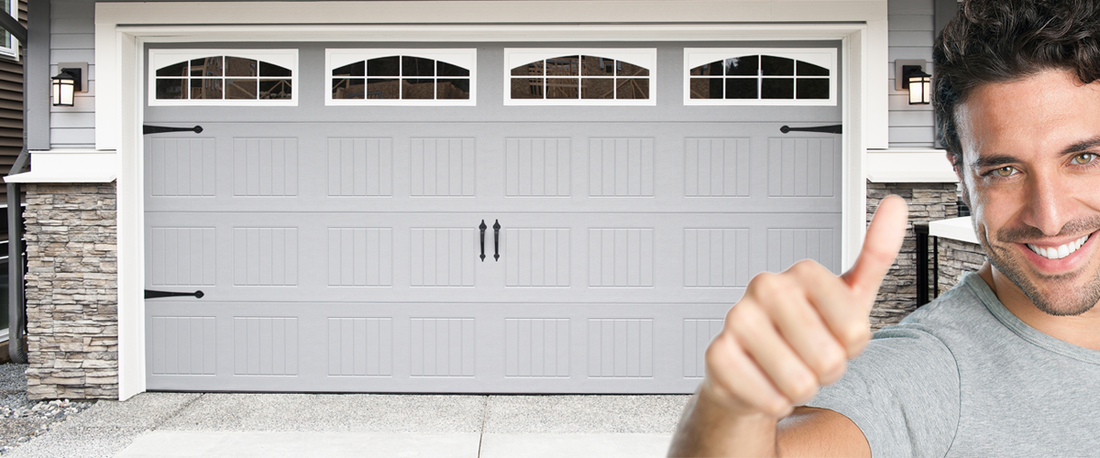Soundproofing Tips for Your Home
A home is supposed to be the quiet haven that relaxes and energises you. But, in the past few years, it has become harder to block out all the noise coming from the street or from the neighbouring buildings.
In this case, soundproofing your home is one of the best solutions at hand. We’ve asked the team at Noise Stop Systems what are the best tips for soundproofing a house, and they answered. Read on to find out how to reduce the noise and enjoy a quiet time at home.
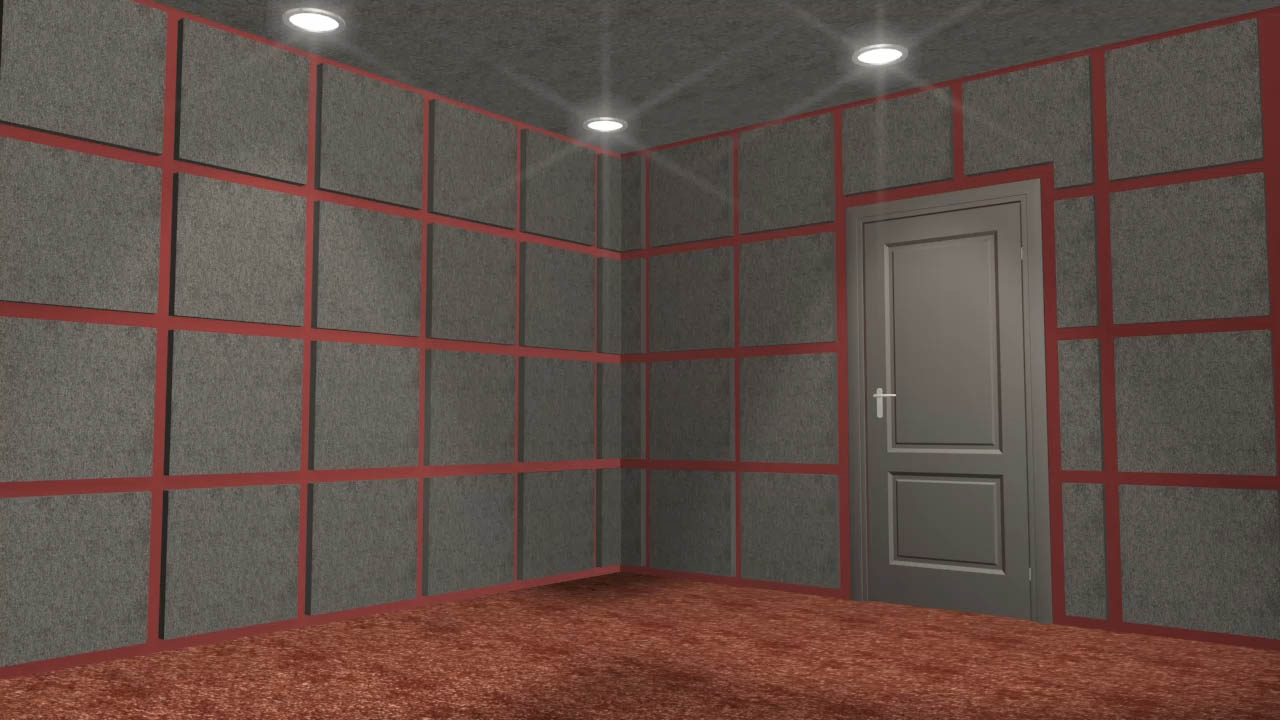
Determine the Type of Sound That Bothers You Most
There are two types of sound – airborne and impact sound. The conversation you overhear, the music or the sound coming from your neighbours’ TV – these sounds are propagated through air and fall within the airborne category. Impact sound is transferred through the building structure (walls, floor, and ceiling) and is associated with moving the furniture, stomping too loudly or dropping something on the floor.
Don’t forget about flanking noise, either. Flanking noise is the sound that travels under or over a wall, through the ceiling or floor joints. This can be reduced with DFM acoustic insulation and it can make quite the difference between a cosy, quiet room and a space that isn’t noisy, but isn’t pleasant, either.
Because airborne and impact sounds are propagated through different mediums, the solutions you need will be chosen according to the type of sound that bothers you most. Airborne sounds can be reduced by increasing the mass and density of the wall, while impact noises are diminished by creating separation in the wall structure.
What You Need to Soundproof Your Home
To increase the mass and density of a wall, you can add soundproof panels and acoustic slabs that absorb the sounds, reduce reverberation, and turn the energy coming from the sound wave into heat. Their purpose is to isolate sound and increase its quality in every room.
Increasing wall mass and density will reduce airborne noise, but it will also soften the impact noise levels. However, impact sounds can be reduced drastically only by creating separation in the wall structure. This means you can either create a false free-standing wall or you can add soundbreaker bars to the existing walls.
Because structure borne noise travels through vibration, it’s important to create space between the wall elements, so that the vibration is released before it enters the new room.
Establish the Noise Level
This is another important factor to consider before choosing the soundproofing solution for your house. If the level of the outside sound is low to medium, then a stud work wall might be enough to cover it. On the other hand, if you can understand your neighbours’ conversations or the TV shows they’re watching, then the level is high, and you’ll be needing acoustic panels or barrier shields to block out sound.
Need help choosing the right soundproofing system for your home? Reach out to the team at Noise Stop Systems and they’ll assist you with everything you need.

My name is Dana Benally. I post about home improvement ideas and how to make your home look beautiful and liveable. I hope my posts will help you with your DIY projects!

